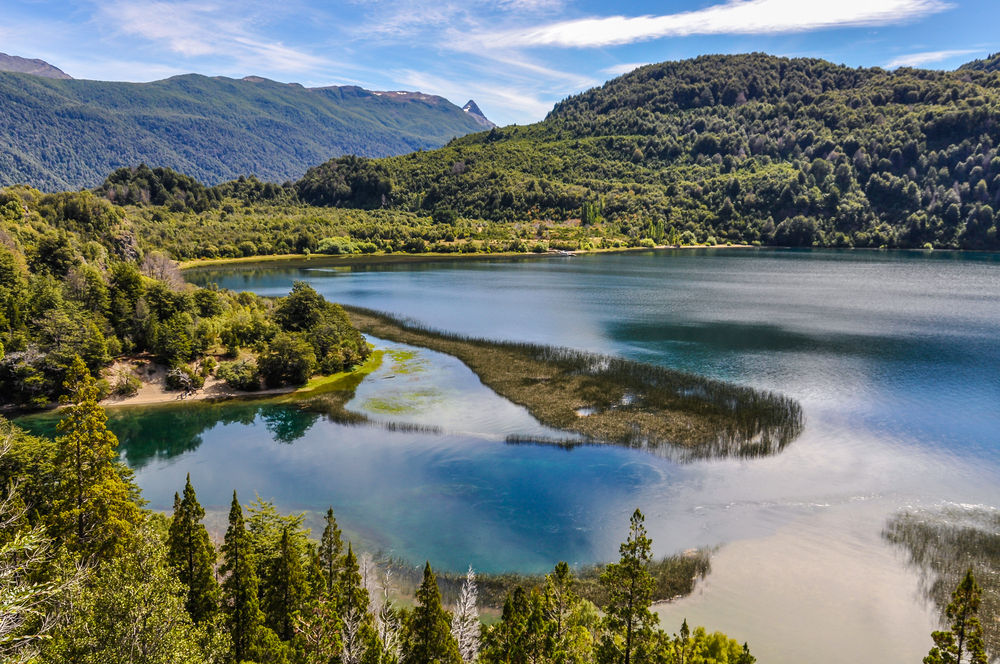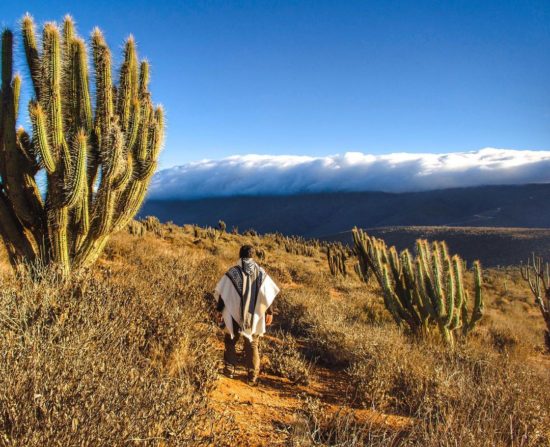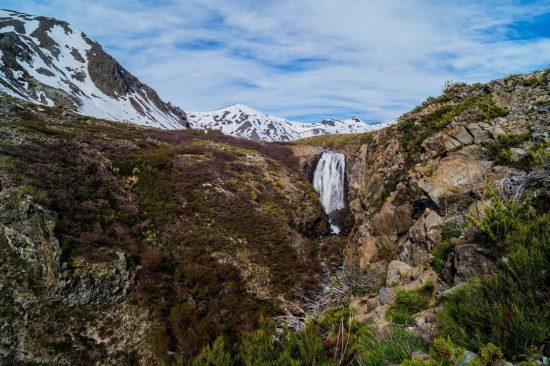4 National parks you should visit in summer


For trekking, canopy, camping or simply going on a picnic. These are four protected areas from the north to the south of Chile, whose beauty and uniqueness are worth discovering on this holiday.
We invite you to discover four National Parks, which now have a new system for purchasing tickets. From the 1st of January 2024, the National Park Passes system (www.pasesparques.cl) was implemented, which you must access before planning your trip. Are you ready? We invite you to uncork a bottle of Gran Reserva Sauvignon Blanc, and say cheers to this new adventure.

Photography: @felipe_diaz7
Created in 1941, it is undoubtedly one of the most emblematic national parks in northern Chile. It is in the IV region of Coquimbo, specifically in the province of Limarí, famous for producing pisco and wine grapes. It is a “Valdivian forest” that has managed to remain in a semi-desert area, which is why it is one of the few places in South America that has been the subject of permanent research for 30 years. To appreciate it, it is possible to walk its hydrophilic forest trail (with an extension of 1 km) that takes about an hour. There you can admire the olivillos, cinnamon trees, foxes, eagles, guanacos, threatened flora species such as the Carica Chilensis (or “Palo gordo”) and its viewpoint overlooking the Pacific Ocean (if the camanchaca allows it). It also has an area set up for picnics (be careful, making fires is not allowed). Ideal for carrying snacks and cold drinks. There are also tour operators like @agenciafrayjorgeendemico that offer guided tours focused, for example, on bird watching.

Photography: @ohenryfotografias
Submerged in the Andes pre-mountain range, 78 km southeast of Curicó, this national reserve became a National Park in 2008. It is a key point, where the upper basin of the Claro River marks the transition between the drought-tolerant Mediterranean vegetation to the north, and humid evergreen forests to the south. Native species such as hazel, coigüe, radal, oak and ñirre surround the riverbed and the famous Siete Tazas: an impressive series of seven waterfalls and pools naturally sculpted in basalt rock by the Claro River. Here you can come trekking, canopy (@canopy_radal7tazas_), bathe in the river, camp or stay in cabins (we recommend @valledelascatas) and enjoy nature. If you stay and don’t drive, enjoying a sunset when the cold subsides, along with a glass of Gran Reserva Carmenère, can be a great idea.

Very close to Puerto Montt and Lake Llanquihue, is this National Park that was created in 1982, among other things, because it is a global icon when it comes to endemic species. Here one in three species does not exist anywhere else on the planet. But that’s not all: it also has 39,255 hectares of larch (alerce) forests, an endangered tree that gives its name to this wonderful park. Its unique characteristics are due to the fact that this region was isolated from the ice that covered the area 12 thousand years ago, protecting the species that can be admired today: Magellanic coigües, lengas, canelos, mañíos, animals such as the monito del monte, the pudú , pumas, the wild cat, foxes, also black-necked swans, woodpeckers, chucaos, and more. The park has trails of varying difficulty for trekking (the shortest is 1 km), but camping is also allowed, as it has bathrooms and picnic areas. Here you can go for a long time and stay, or take a walk and have a picnic for the day.

Photography: @patagonjournal
There are 2,889 square km that make up this densely rainy park in the Los Lagos Region, which is named after the American philanthropist who bought these lands from Patagonia to conserve them and then donated them to the state of Chile, Douglas Tompkins. Because rainfall decreases in summer, this is the best time of year to visit Pumalín D.T. National Park. (@parquepumalin) which was created in 2018 following the American model, with an incredible network of trails and well-thought-out basic services. Pumalín means “place of water” in Huilliche, referring to this temperate rainforest that is home to 25% of the ancient larch forests remaining in Chile and at the same time is considered one of the 34 most biodiverse points on the planet. What to see? Species such as the chucao, hued hued, Darwin’s frog, the enormous larches and cypresses of the guaitecas, the southernmost conifer in the world. This incredible place with unique landscapes also has 7 camping areas, cabins (www.lodgecaletagonzalo.cl / @lodgecaletagonzalo), a cafe, viewpoints, hiking trails, information center and, by the way, picnic areas.
We comply with the highest standards of verified social and environmental performance, transparency, and legal responsibility to balance benefit and purpose.
We adopt an Impact Business Model, creating beneficial links between business, community, and environment.
The Gran Reserva vineyards are an important part of the project to conserve native forest areas and protect local biodiversity. Our native forests have the ability to retain rainwater and control the kind of climate change that results from water shortages.
We take care of 1,432 hectares of protected forests and, on average per vineyard, a total of 105 species of fauna and 48 species of registered flora.
Our effort to preserve nature begins with responsible water consumption. 99% of the water we use comes from surface and subterranean sources.
Our vineyards are drip irrigated, which translates to a 90% efficiency on water consumption, and over the past 3 years, we’ve reduced our water footprint by 10%.
All of our winemaking processes require the use of energy. Our choice to invest in clean, renewable energy reflects our desire to co-create a sustainable planet for the future.
100% of the electricity used to make the wines in the Gran Reserva collection come from renewable sources, including solar energy.
Concha y Toro has been certified under the Wines of Chile Sustainability Code since 2012, which means that our vineyards are officially recognized as sustainable vineyards.
The wines in our Gran Reserva collection are crafted entirely from estate-owned grapes in sustainably managed vineyards.